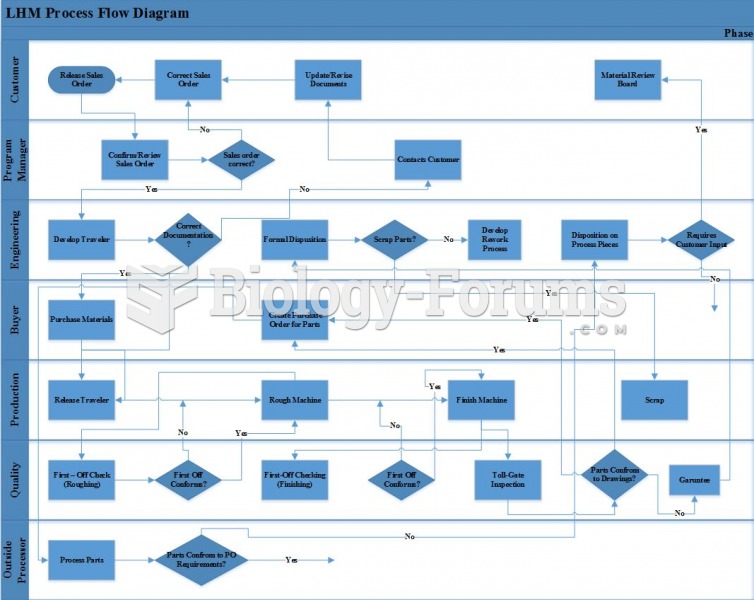Answer to Question 1
The documents needed to serve process on a defendant are the summons and the complaint. The summons is a document that identifies the parties to the lawsuit and the court in which the case will be heard. It also directs the defendant to respond to the complaint within a set period of time. The summons is prepared at the law office, often by the paralegal. A cover sheet for the case may also be prepared. The summons, complaint, and cover sheet (if used) are delivered to the court clerk together. The court clerk issues the summons by signing it and stamping her seal on it. (In federal court cases, the complaint may already have been filed under the FRCP provisions relating to waiver of notice.)
Service of process is the delivery of the summons and complaint to the defendant, thus notifying the defendant that a lawsuit has been filed against her. It is important because the court cannot exercise jurisdiction over the defendant without proof that the defendant was notified of the lawsuit.
Answer to Question 2
How service of process occurs depends on the rules of the court or jurisdiction in which the lawsuit is brought. Under FRCP 4(c)(2), service of process in federal court cases may be effected by any person who is not a party and who is at least 18 years of age. A paralegal, for example, could serve the summons by personally delivering it to the defendant(s). Alternatively, she could make arrangements for someone else to do so, subject to the approval of her supervising attorney. Many law firms contract with independent companies that provide process service in the local area. In some cases, the attorney might request that the court have a U.S. marshal or other federal official serve the summons. Under FRCP 4(e)(1), service of process in federal court cases may also be effected pursuant to the law of the state in which the district court is located. Some state courts require the complaint and summons to be served by a public officer, such as a sheriff.
Although the most common way to serve process on a defendant is through
personal service, or actual delivery, as described above, other methods are permissible at times, depending on the jurisdiction. Substituted service is any
method of service allowed by law in place of personal service, such as service by certified mail, fax, or e-mail. Most states allow a process server to effect service by leaving a copy of the documents at the defendant's place of work, at his or her home address, or with someone else who resides in the home (such as a wife or an older child). In some circumstances, if the defendant cannot be physically located, the law may allow the process server to effect service by mailing a copy of the summons
and complaint to the defendant's last known address and/or publishing a notice in the local newspaper. In other situations, delivering the documents to an authorized agent is sufficient. The paralegal and attorney thus need to know the types of service authorized by the laws of civil procedure in their own state.







